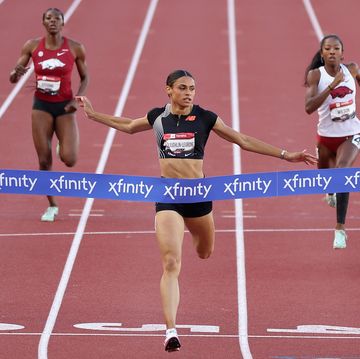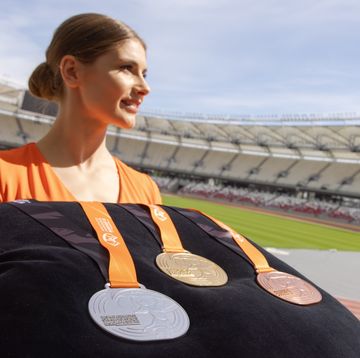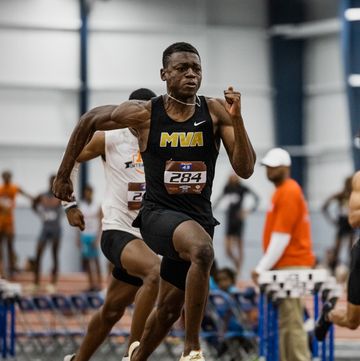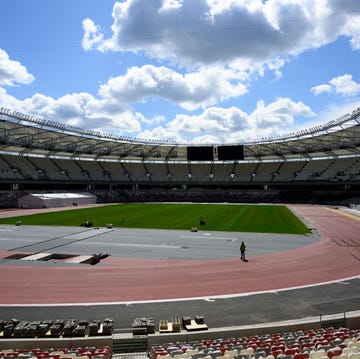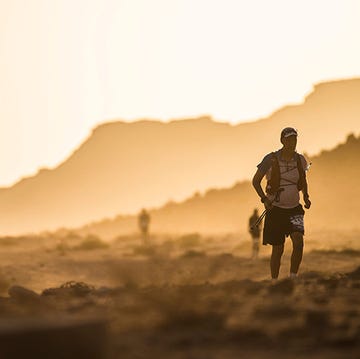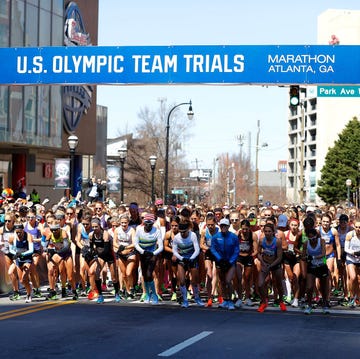New research conducted by the World Athletics’ Health and Science Department examines how elite and non-elite athletes can race in hot and humid conditions while protecting their health.
For the study, World Athletics recruited 42 men and 24 women (66 elite athletes total) who competed at the 2022 World Athletics Race Walking Team Championships. Participants hailed from 16 countries, and all prepared for the weather in Muscat—located on the coast of the Gulf of Oman in the Arabian Peninsula—differently.
While it’s common practice to check the weather conditions for your race, no matter your skill level, World Athletics found that how athletes adapted their training according to this information ultimately informed their race performance. That day, the race weather in Muscat was about 88 degrees Fahrenheit, several degrees higher than historical weather patterns predicted.
More From Runner's World

Athletes’ performances led to key takeaways for the World Athletic researchers. First, they found that, while heat preparation education was offered to all athletes and teams, not everyone was given the financial and logistical resources to prepare for the race properly.
For instance, acclimatization requires extra money for hotel room stays and facility access—a privilege many athletes don’t have access to. Athletes that did train in the heat seemed to have an advantage. The study found that those who prioritized heat training were more likely to earn a medal or finish in the top 10, according to the study.
There was also a wide gap in knowledge between male and female athletes. Of all participants surveyed, 42 percent of women compared with 14 percent of men were more likely not to know the conditions in Muskat.
“With global warming, we’re increasingly faced with the problem of organising competitions in hot, humid conditions. This poses a health and performance problem for the athletes. The higher the temperature, the greater the number of medical encounters we have in the medical tent,” said study lead Frederic Garrandes. He and his team hope this research will help spread the importance of heat safety to everyday and elite athletes. “Research in this area gives us a better understanding of the incidence of the problem, enables us to treat our athletes more effectively and to build educational programmes to educate our athletes and mitigate the risks,” he added.
Kells McPhillips is a health and wellness journalist living in Los Angeles. Her work has appeared in Runner's World, The New York Times, Well+Good, Fortune, Shape, and others.

